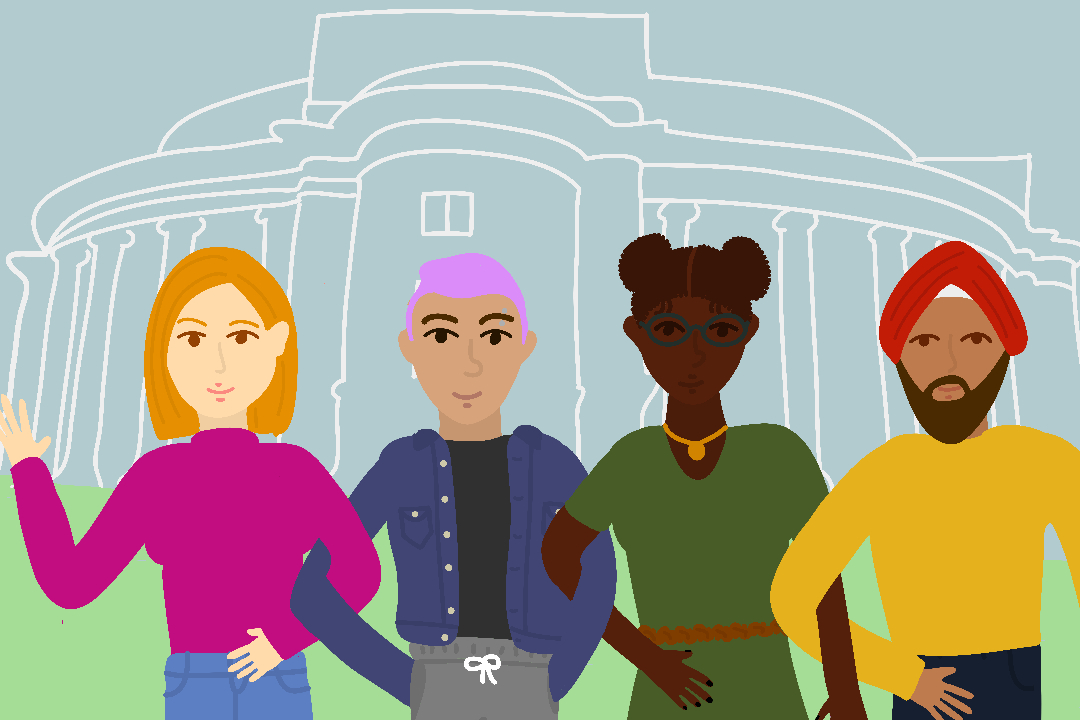On November 16, U of T’s Office of the Vice-Provost Students (OVPS) released a student equity census. The first of its kind at U of T, the census aims to collect demographic information on students in hopes of creating a more inclusive environment at the university.
The census was created to be in line with U of T’s Statement on Equity, Diversity, and Excellence, which was released in 2006. The statement highlights U of T’s commitment to providing an inclusive environment for all people, and U of T’s goal of reducing the “adverse effects of any barriers to full participation in University life that [it finds], including physical, environmental, attitudinal, communication or technology.”
U of T pledged to collect and release demographic data on students in 2017 but had no timeline for the process in 2018. The equity census is a step that can finally allow U of T to fulfill its non-binding pledge from 2017.
An advisory board is being organized — consisting of students, staff, and faculty — to determine how to report and use the data from the census.
What data the survey gathers
The survey is open to all U of T undergraduate and graduate students at the three campuses and can be accessed on ACORN, Quercus, or the OVPS website. The survey has no deadline, and data will be collected on an ongoing basis.
While the data collected is not anonymous, personal information will be kept confidential in accordance with the Freedom of Information and Protection of Privacy Act; only aggregate data will be published. Participation in the census is voluntary, and all of the questions have a “prefer not to answer” option.
The survey gathers a broad range of data, including information about gender identity, sexual orientation, disability, race and Indigenous identity, and education of parents or guardians. There is also space at the end of the survey where participants can submit feedback.
The goal of the survey is to identify barriers that exist within the university that affect racialized students, Indigenous students, women, people with disabilities, and members of the LGBTQ+ community. “This survey will allow us to examine and, if necessary, rebuild frameworks within the institution to ensure every student is truly represented,” said Vice-Provost Students Sandy Welsh.
Response from a student leader
Alex McLean, Vice-President Equity for the University of Toronto Students’ Union, wrote in an email to The Varsity, “Marginalized students at U of T continue to face numerous barriers and challenges as a result of inadequate support and a one-size-fits-all model to many University of Toronto services… The purpose of this survey is to identify those gaps, break down barriers, and develop equitable solutions.”
She believes that universities that ignore the demographics of their students are complicit in upholding colonial, white-centric views. “It is important that we continuously work to decolonize our policies and practices by advancing the interests of [the Black, Indigenous, and people of colour (BIPOC) community],” she wrote.
She also stressed the need to increase funding and support for BIPOC students on campus. McLean highlighted the importance of taking an intersectional approach to mental health and accessibility services, seeing this as crucial to addressing the distinct experiences of the BIPOC and LGBTQ+ communities.
This sentiment of hoping to improve equity, diversity, and inclusion is reflected in a statement on the U of T Student Equity Census page: “The U of T Student Equity Census supports these values by helping us to better understand the diversity of our student population and develop programs and initiatives that support the success and inclusion of our students.”


